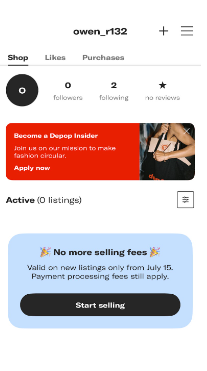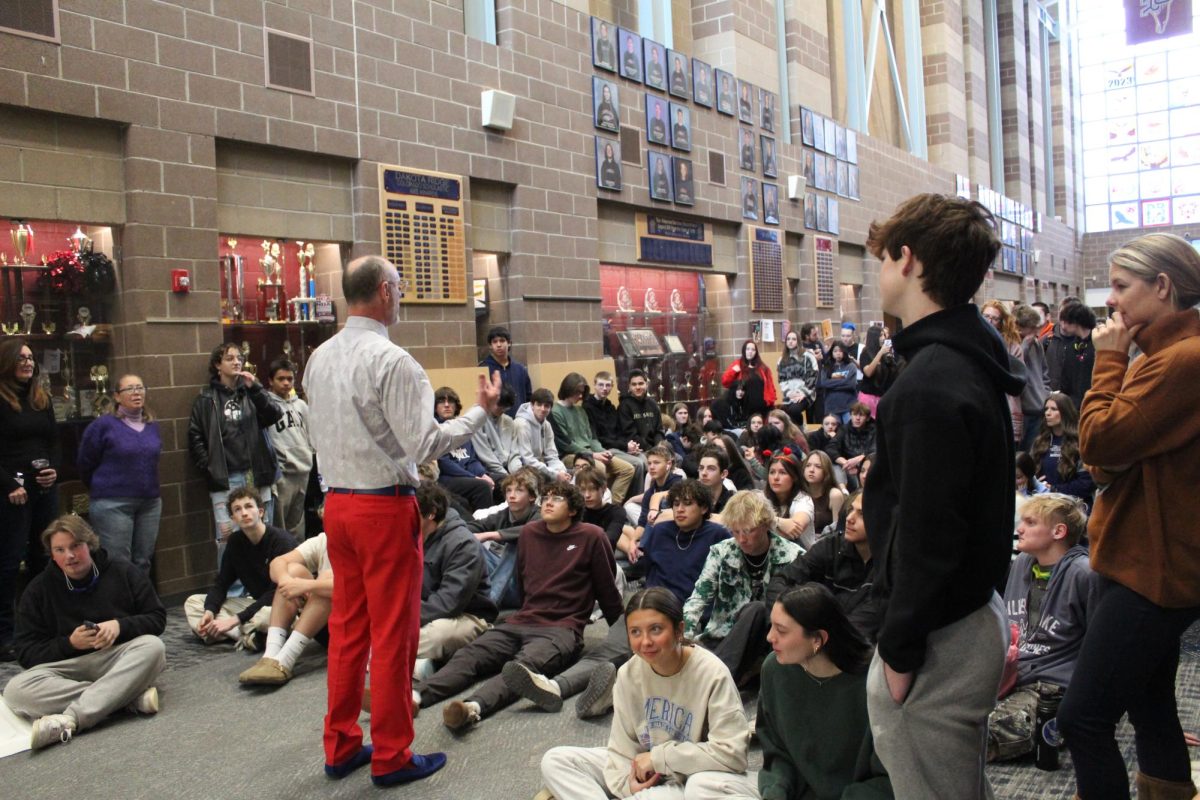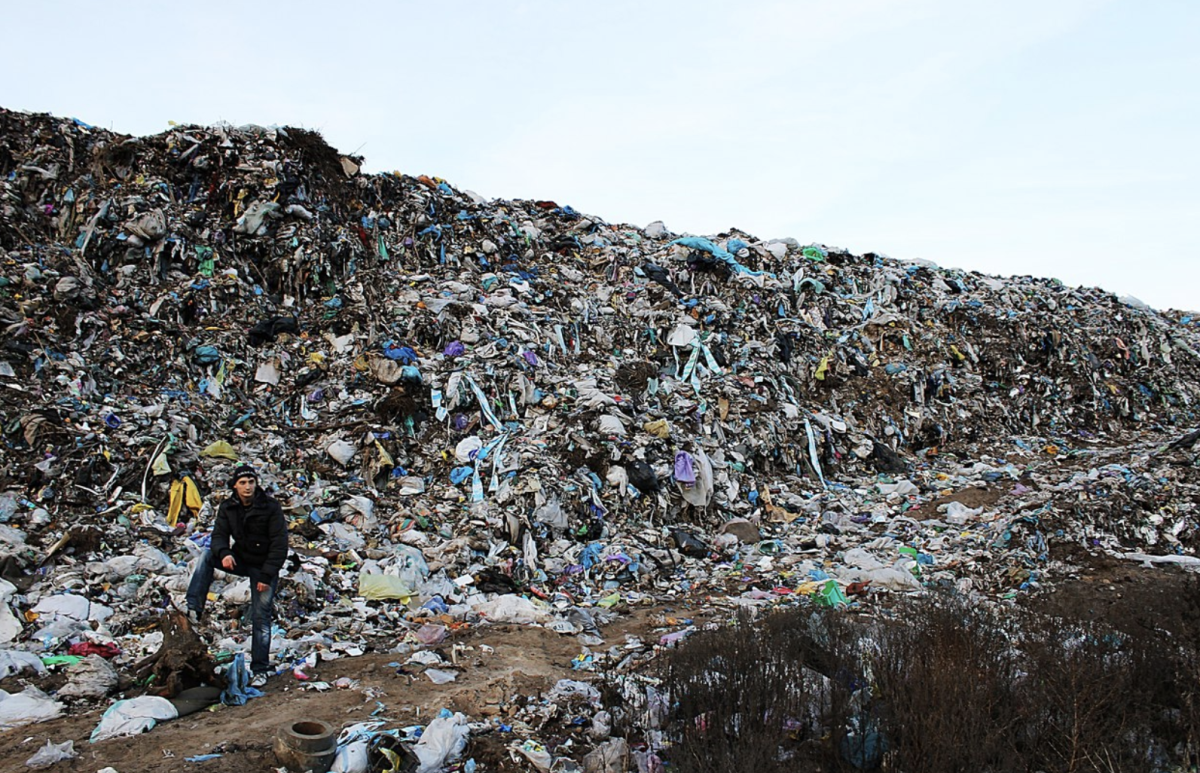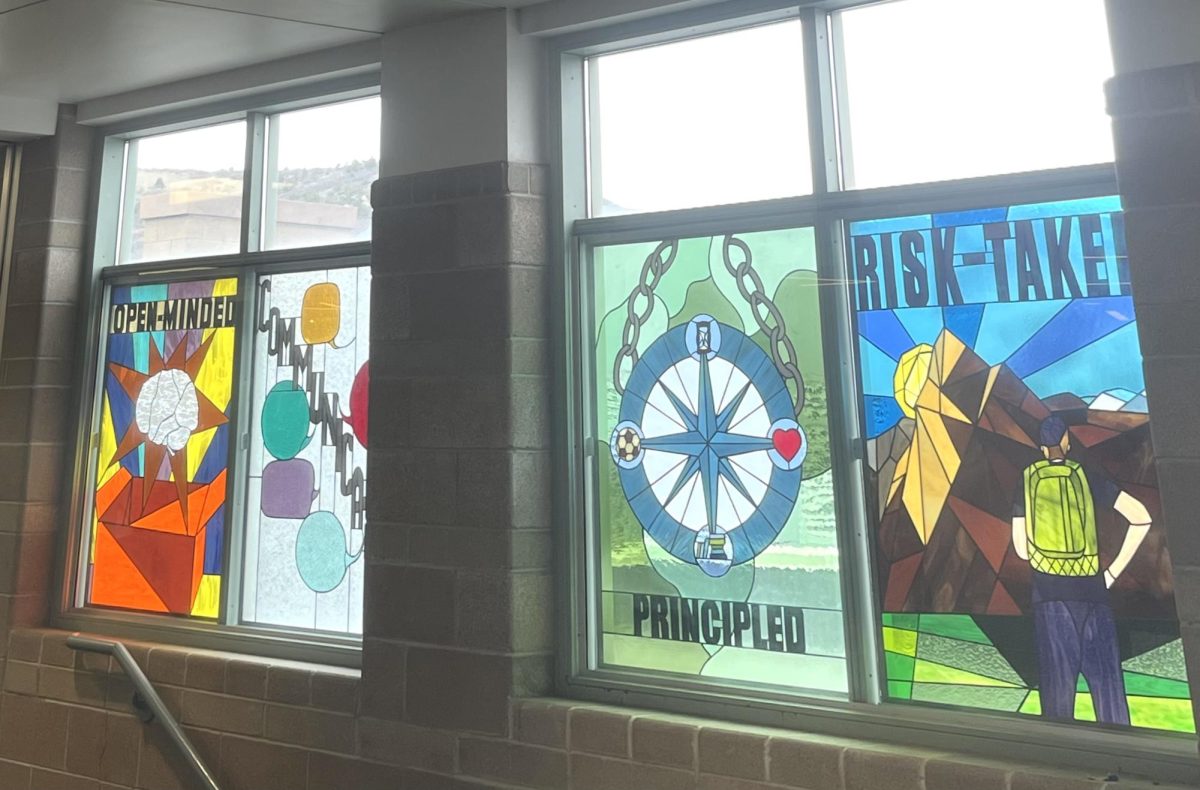Depop is a user-friendly resale app that allows anyone to buy, sell, and shop through second-hand clothing, accessories, and other fashion items. Depop has over 35 million registered users who have helped the app gain popularity and overall popularize the second-hand clothing industry. The app has many types of clothes, ranging from winter coats to summer shorts, and was mainly popularized because of the diversity it offers in second-hand clothing. Depop refers to their style of reselling as circular fashion, wanting people to be able to express themselves through clothing and style while remaining sustainable and extending the usage of the clothes themselves. Depop’s part in the trend cycle focuses on offering accessibility for people who want to take part in trends, only using second-hand clothing to do so, and in this cycle, not producing fast fashion waste, which many retail stores add to.
“Together with our community, we’re on a mission to make fashion circular – encouraging millions more people to choose secondhand and extend the lives of their clothes,” (Depop website)
Depop was founded in 2011, but really began to gain popularity in recent years as thrifting and second-hand clothes became more popular in youth culture. The app was originally founded as a social shopping app, where readers’ culture and fashion magazine could buy items that were featured. Slowly over time, with apps like eBay and Facebook Marketplace gaining popularity, it switched to an internet reselling app, where people could post clothing they wanted to sell, usually second-hand, and buyers were able to go through and pick what they would like to buy. Over the years, it has become one of the biggest reselling apps, with over 400+ employees, and headquarters in London, New York, and Manchester.

“I really enjoy some of the unique clothing items that are posted on Depop,” DRHS sophomore Quynn Cotner said. “They really do have something for everyone, and all aesthetics.”
The app’s main demographic and users are under the age of 26, according to CNBC, which has begun to transform e-commerce and shopping platforms and apps. Some of the top sellers on the app can make between $1,500 – $2,500 a month by updating listings to make it on top of the front pages of the app and finding in-trend valuable clothing that may be difficult to find anywhere else. Not only does the app work for selling clothing, but it also doubles as a social media platform. Buyers and sellers can message each other through the DM feature in the app. Buyers are also able to like and follow sellers so that they may like the clothes that are being put up for listings. Many Depop sellers focus on keeping their stores unique and niche to have people continue to buy from them, so having a specific aesthetic for a store has people continuously buy from that seller. The use of hashtags and descriptions of items may bump a listing higher to the top of the most relevant pages, meaning that they are more likely to be seen by people.
Depop has created an ability to be a seller easily accessible for everyone; all that is needed is a phone, a PayPal account, and the Depop app, and then anyone can sell. Depop takes a 10% fee for each item sold on the app, and PayPal takes an additional 2.9% of each item sold. The app doesn’t include free shipping, yet the seller can choose to pay for shipping, which is more likely to sell faster if it includes free shipping. The price of items is subject to who the seller is, but it is important to research before pricing and listing an item.
“The price is up to you, but do some research first to make sure it’s comparable to other similar items on the site — if it’s too high, you might not get any interest. If it’s too low, you could get less than it’s worth.”( The Business Insider)
The pricing on Depop has become a controversial topic for the app because oftentimes the cost of an item may be more upscale than the actual value. Since the app is mainly focused on selling second-hand clothing, there is a risk when buying, especially because the main process of selling is all online; it is up to the buyer to decide whether they are up for purchasing clothes without seeing the items in person. Sellers may choose to upcharge an item to gain more profit, even though it may not be worth the money spent. It should also be noted that a lot of the clothing does come from thrift stores like Goodwill and Arc Thrift Stores. Buyers may be able to find similar items for half the price in local thrift stores, while still contributing to the growth of second-hand clothing. One unique aspect of the app is the use of the Offer button. A buyer can send an offer to the seller to see if they are willing to sell the item for a lesser price. This can also work in the opposite way, a seller can send special offers to specific buyers that are usually less than the original offer listed.

“I think that they’re pretty reasonable, especially for the quality of the clothes,” DRHS senior Jaden Jesse said, “but I do feel that they are overpriced, especially if you don’t know anything about the seller, so it can be a little bit sketchy.”
All of this cross-interaction being on the internet does bring the issue of how people choose to act on the app. Some users find people honest and respectful when interacting, while others have different stories. One user was cussed out with foul language because of pricing, or found themselves being scammed on the item they purchased. There is some clarity for buyers since there are some return policies that will further protect purchases on the app. If an item is never shipped out to a buyer or the item is not what is stated on the listing, they have 30 days to dispute through PayPal or the Depop app to get a refund. Unfortunately, if you change your mind about purchasing an item, Depop isn’t able to do anything, unlike retail stores, because there is no law about refunds when private sellers are involved. The best option is to contact the seller or to consider reselling the item. More information about this can be found on the Depop Help Page.
While there is a lot to say about how Depop sellers sell, using circular fashion and reselling does fight the fast fashion industry and help grow sustainable fashion. The concept of circular fashion is keeping the material of fashion items continuously in use, whether it’s through reselling them on apps like Depop, donating them to someone or a thrift store, or repairing the clothes themselves. To learn more about circular fashion, visit Circular Fashion at Depop.









